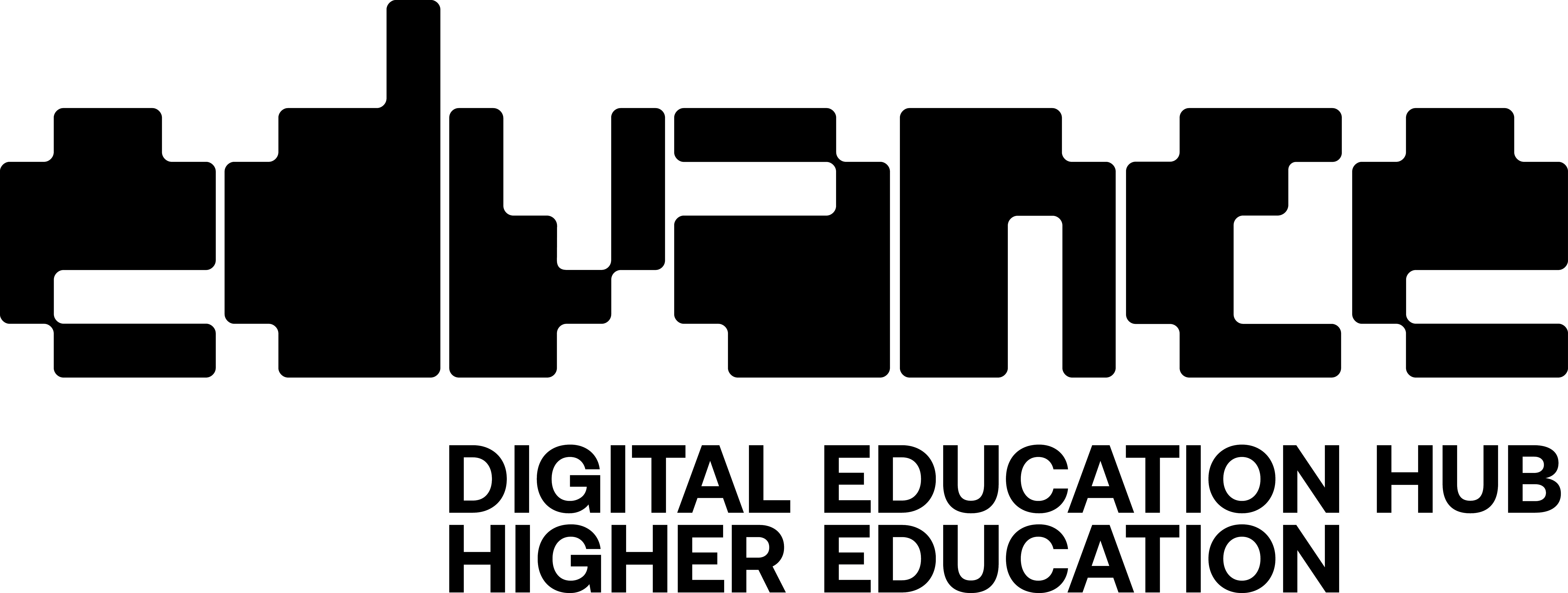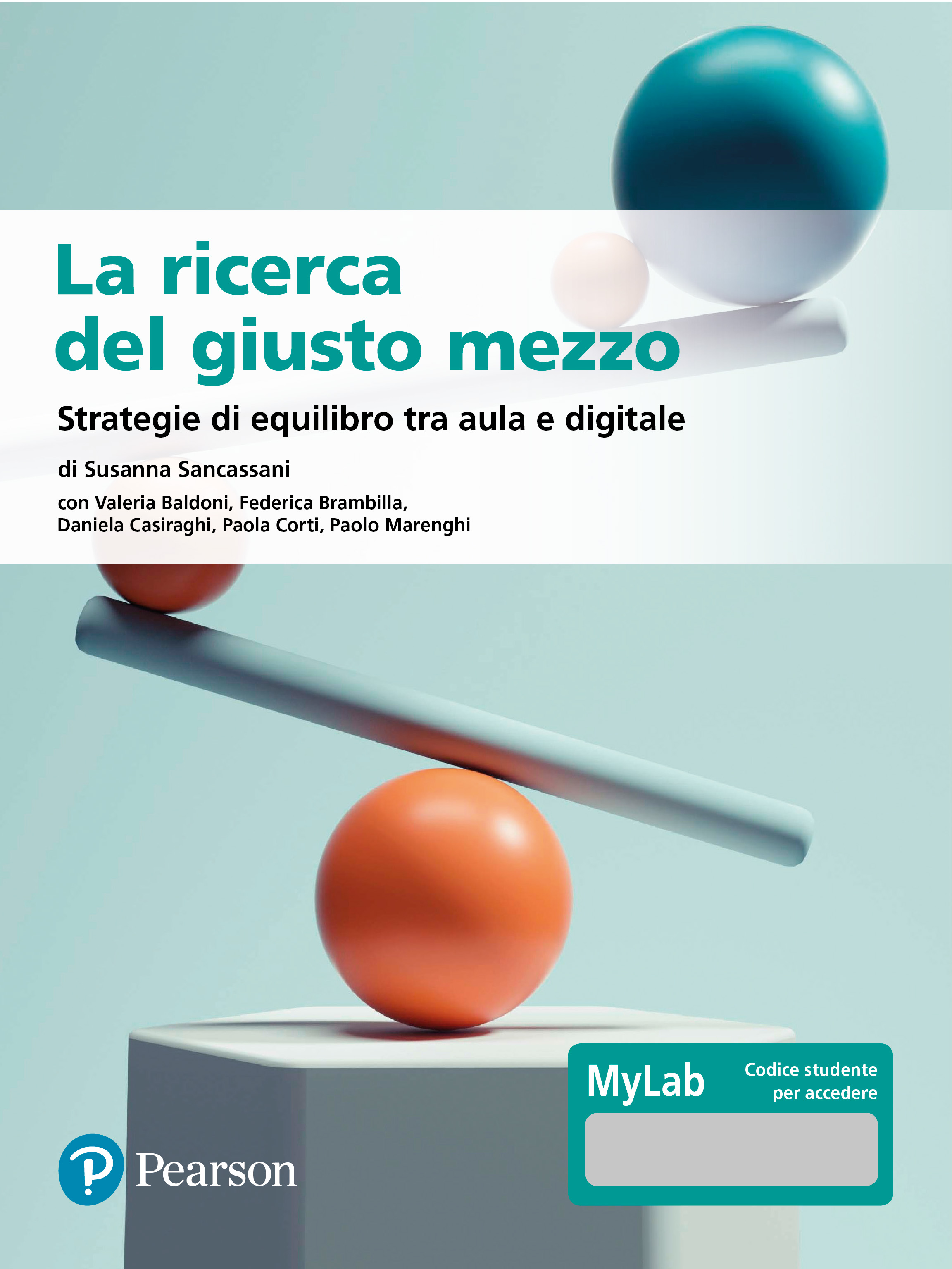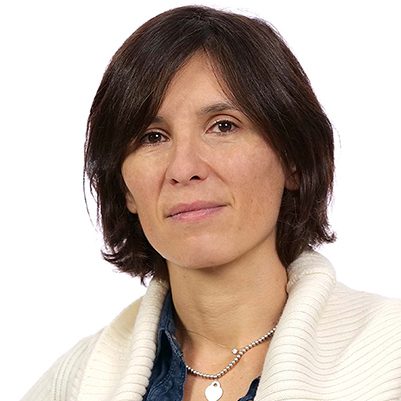Smart Learning Design
Smart Learning Design
A visual method for designing effective in-person and online learning experiences.
Course description
This MOOC is designed for university and school teachers, trainers, and educational decision-makers. Its aim is to provide logical and methodological tools to effectively integrate and enhance digital resources and technologies in classroom-based teaching.
How can we design coherent and impactful learning experiences that strike a balance between in-person and online environments, between traditional classrooms and digital platforms? How can we manage the multiplicity of learning contexts made available by today’s "anytime, anywhere" paradigm?
The Smart Learning Design 25 (SLD25) model allows us to break down the complexity of the learning process into its core components (learning events) and then reconnect them in a systematic way—enabling the design of engaging and effective teaching interactions aimed at achieving long-lasting learning outcomes.
Total workload of the course: 25-30 hours
This MOOC is provided by Politecnico di Milano.
For a wider diffusion of the course, learning materials including texts, infographics, diagrams and videos were translated from Italian to English through Artificial Intelligence software. Therefore they may contain inaccuracies.
This MOOC was produced as part of the Edvance project – Digital Education Hub per la Cultura Digitale Avanzata. The project is funded by the European Union – Next Generation EU, Component 1, Investment 3.4 “Didattica e competenze universitarie avanzate".







This MOOC is closely integrated with the book “La ricerca del giusto mezzo - Strategie di equilibrio tra aula e digitale” (2023) by Susanna Sancassani with Valeria Baldoni, Federica Brambilla, Daniela Casiraghi, Paola Corti, and Paolo Marenghi, published by Pearson, Milan. All visual materials used in the course are drawn from this publication.
Intended Learning Outcomes
By actively participating in this course, you will be able to:
- Recognize the key motivations and trends shaping today’s educational landscape, and identify the essential components of innovation in hybrid teaching environments
ESCO: developing educational programmes ESCO: pedagogy - Describe and apply the SLD25 method to design teaching and learning activities that effectively and coherently integrate all variables of the hybrid context
ESCO: instructional design models ESCO: conduct educational activities ESCO: adapt teaching to student's capabilities - Critically evaluate in-person and online learning options when designing the detailed learning events that make up a course, and understand how they relate to one another—drawing inspiration from three illustrative educational frameworks
ESCO: develop course outline ESCO: use learning strategies ESCO: use apply teaching strategies
Prerequisites
No prerequisite knowledge is required for this course.
Activities
Over and above consulting the content, in the form of videos and other web-based resources, you will have the opportunity to discuss course topics and to share ideas with your peers in the Forum of this MOOC. The forum of this MOOC is freely accessible, and participation is not guided; you can use it to compare yourself with other participants, or to discuss course contents with them.
Section outline
-
-
-
In Week 1, we will reflect on the need for innovative teaching approaches that optimize the balance between in-person and digital learning. We’ll introduce the core principles of the Smart Learning Design 25 model.
-
In Week 2, we will explore the “Learning Events” at the heart of the Smart Learning Design 25 method. We’ll examine how students engage within these events and how instructors can best support their learning process.
-
In Week 3, we will consider how to choose between online and in-person delivery. We’ll present three example teaching frameworks that integrate all the key variables of hybrid learning into coherent, yet flexible, instructional designs that can adapt to both teachers' and students' needs.
-
-
-
Infographics Folder
-
Video transcripts Folder
-
Assessment
Your final grade for the course will be based on the results of your answers to the assessed quizzes. You have an unlimited number of attempts at each quiz, but you must wait 15 minutes before you can try again. You will have successfully completed the course if you score 60% (or higher) in each one of the assessed quizzes. The maximum score possible for each quiz is given at the beginning of the quiz. You can view your score in the quiz on your last attempt or on the 'Grades' page.
Certificate
You can achieve a certificate in the form of an Open Badge for this course, if you reach at least 60% of the total score in each one of the assessed quizzes and fill in the final survey.
Once you have completed the required tasks, you will be able to access ‘Get the Open Badge’ and start issuing the badge. Instructions on how to access the badge will be sent to your e-mail address.
The Badge does not confer any academic credit, grade or degree.
Information about fees and access to materials
You can access the course completely online and absolutely free of charge
Course faculty

Susanna Sancassani
Teacher
Managing Director of METID (Methods and Innovative Technologies for Teaching) at Politecnico di Milano, where she teaches Teaching Strategies, supports faculty in adopting innovative approaches, designs and develops digital learning services, and participates in numerous research and training projects. She is also the coordinator of the Edvance project, the first Digital Education Hub for advanced higher education.

Federica Brambilla
Teacher
With a degree in Educational Sciences, Federica has been working in the field of training and education since 2001. Since 2004, she has been a program manager at METID, where she focuses on digital learning, teacher training, and innovative teaching practices.

Daniela Casiraghi
Teacher
Holding a degree in Industrial Design, Daniela has been collaborating with METID since 2002, initially as an interaction and instructional designer and later as a project manager. She works on international projects, teacher training, and educational innovation.

Marta Pampanin
Teacher
Marta holds a degree in Human Resources Training and Development from the University of Milano-Bicocca. She supports the development and delivery of MOOCs focused on digital learning and innovative teaching. She also customizes online learning environments and provides user support.

Bianca Santolini
Teacher
Bianca holds a degree in Architecture from Politecnico di Milano. She works on innovative teaching projects at both national and international levels. Her expertise lies in designing and developing the visual dimension of digital content for education.

Valeria Baldoni
Instructional Designer
Valeria earned her degree in Communication Theory and Technology from the University of Milano-Bicocca. She has been working at METID since 2016 as an instructional designer, also contributing to communication and graphic design.
Credits
Filming, post-production, set design: Daniele Albricci, Tasfay Baleani, Cristiana Baragli, Luca Tantimonaco.
Visual identity, diagrams, and infographics: Valeria Baldoni.
Platform management and community management: Valeria Baldoni, Davide Mezzera, Lia Navarotto.
Contact details
If you have any enquiries about the course or if you need technical assistance please contact pok@polimi.it. For further information, see FAQ page.